What Is Violence?
Violence includes forms of physical, mental, emotional, or sexual harm towards someone else. Community violence involves different methods to inflict physical harm against someone else in the community- for example, a school shooting. Family (or domestic) violence is when there is a repetitive pattern of abusive behavior in an intimate or family relationhip where one member assumes a domineering role and strives to cause fear. This type of abuse takes many different forms whether it is physical, sexual, mental, emotional, economic, spiritual, or legal.
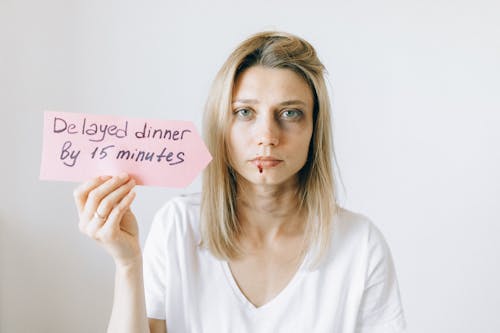

An Underlying Pandemic
The coronavirus (called COVID-19) is a very contagious disease that originated in China. Eventually, it spread outside of China and affected other people and countries globally, causing a pandemic. However, alongside COVID-19 there has been another pandemic that may have affected others more: family violence. Given the fact that many schools, libraries, and businesses have shut down due to certain mandates, many children and families are likely facing their worst nightmare: being trapped inside the home with their abuser(s). Family violence is not the only type of stressor event that can affect children. Even if they are not experiencing violence at home, they could still be experiencing violence somewhere in their community. Statistics show that 25% of children exposed to community violence in America is aged between 2-17. This blog entry is help raise awareness on such issues, and address what can be done about it.
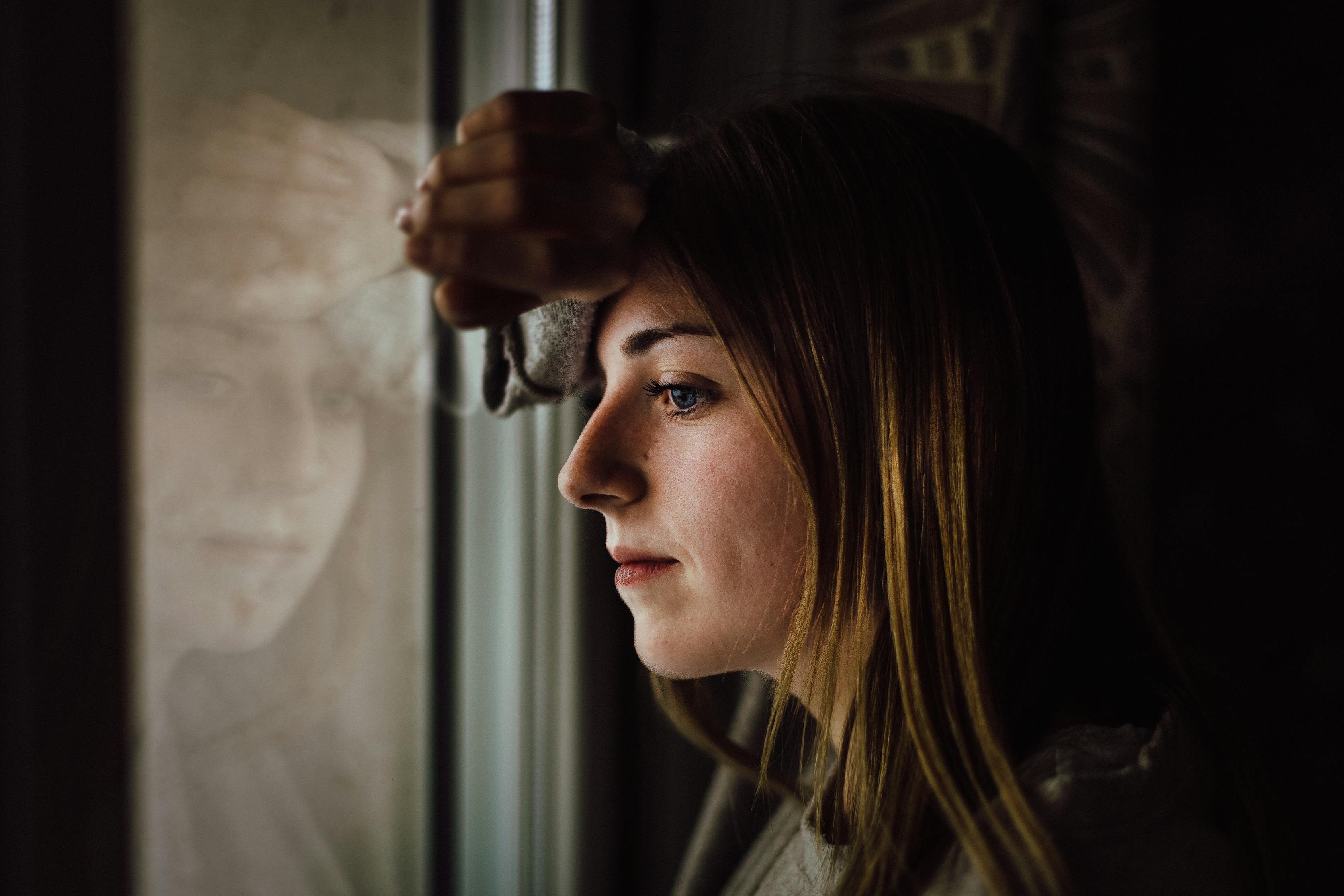
Though it is necessary to restrict travel, social distance, and stay home during the COVID-19 pandemic, this could limit victims’ escape plans. Additionally, in order to file a domestic violence report, most police precincts require an in- person visit. The research of Xue J., Chen J., Chen C., Hu R., & Zhu T. (2020) further claims that this is pandemic is likely to increase family violence. According to them, “The rates of family violence are rising fast, and women and children are disproportionately affected and vulnerable during this time” (Xue J, Chen J, Chen C, Hu R, & Zhu T, 2020, page 1) Around the world, many countries have already showed a dramatic increase in domestic violence cases being reported.
Yet, COVID-19 does not just encourage more violence in families; according to Campbell (2020) communities can be endangered too. He stated that, “Communities considering the mass release of prisoners to reduce their risk of spreading Covid-19 in confinement must weigh the potentially significant risk for victims and households if domestic violence or other violent offenders are among those released. This risk is likely to extend outside of the home as well…” (Campbell, 2020, page 1).
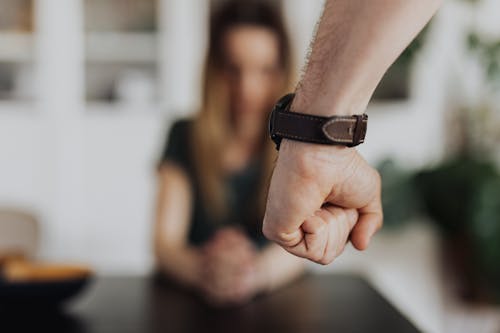
How These Stressor Events Are Classified According to the Family Stress Theory
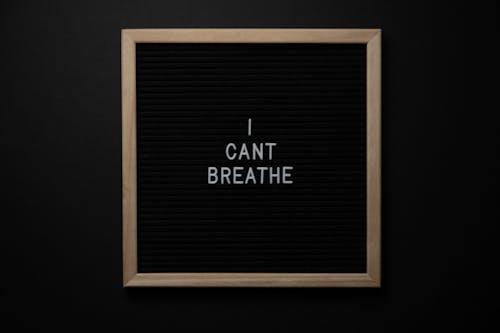
A stressor event is an occurance that causes an inconsistent amount of change in the family system. In this case that would be the violence that has taken place. This event is non-normative, meaning that it is unpredicted and not a normal part of life. It is also non-volititional, meaning that it is non-voluntary, or “forced” upon them.
It could be said that family or community violence is ambiguous because the perpetrators are physically present, but emotionally absent. Ambiguous stressors are difficult because the people involved do not usually know how to solve the problem, or if it will be permanent or temporary.
The duration of the stressor events varies. Community violence events, such as a school shooting, can be acute (meaning it does not persist), but they could have long-lasting consequences for both the perpetrators and victims.
The density of stressor events can vary, too. When stressful events occur unaccompanied by other stressful events they are called isolated stressors. When the event occurs when the family already has multiple stressors, or if the event itself is a stessor pile- up (causes many other stresses) then it is cumulative. Family or community violence is likely to be cumulative since the victims have their current situation, and then long-term consequences to deal with.
The many stresses of events can be classified different ways, too- they can either be positive, tolerable, or toxic. Positive stress is seen as a normal, essential part of healthy development. Tolerabale stress is seen as more severe, and can have long-lasting difficulties. The effects this type of stress can have on children can be moderated by having relationships with adults that help them adapt. Lastly, there is toxic stress. Toxic stress is when there is frequent exposure to strong, prolonged adversity without the proper support. Family or community violence is likely to inflict tolerable stress- as long as the victims have the support of friends or family members to moderate the stress. Otherwise, they are likely to experience toxic stress.

How These Events Impact Family Members
The Family Stress Theory states that each family member perceives the event differently. Research shows that witnessing or being victimized by violent acts affect children more than hearing about it on the news.
When it comes to preschoolers, exposure to community or family violence could lead to more problematic outcomes in childhood. The impact of the violence seems to have a “pathway influence” through the caregivers. The children often run to their mothers searching for answers or comfort, which is likely to increase maternal stress. This type of scenario often seems to be central throughout the whole process, as it is often the case that the child is in the mother’s company during community violence, and maternal distress in such situations is often thought to affect behavioral outcomes during childhood. For example, studies of high risk 3-5 year olds showed that community violence increased maternal distress, which as result increased the child’s hesitancy with their peers, decreased the way they cognitively functioned, and increased negative interaction with their peers.
Older children seem to especially depend on the different factors and resources that “buffer” or moderate the event. Social support has often been a prime example of this.
What Should Be Done About It And Why?
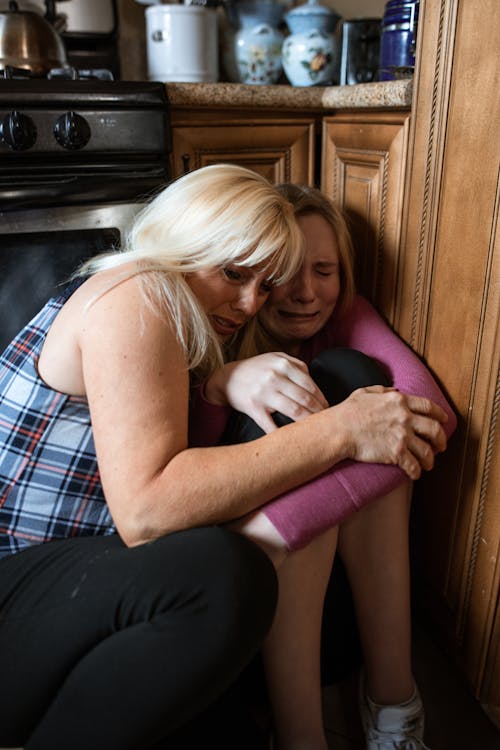
If families figure out positive ways to deal with the difficult times, then they could most likely look at the stressor event as a challenge that helps them grow into resilience- that is, the ability to withstand or recover from significant disturbances that threaten function or development. For example, families can develop different coping strategies that help them deal with such a traumatic stressor event. This could be thought of as another example of a resource. One example of coping is with direct actions such as seeking counseling or looking up information. Another example is dysfunctional coping, which includes using friends in a bad way, or turning to drugs or alcohol. Then there is intrapsychic coping- reframing the problem, and making it not seem as overwhelming.
The behavior of coping is developed over time through individual, family, and social resources and developing a positive attitude in response to stressors. For example, it is important to remember that, in times of distress, children often look towards their caregivers for support and safety. Psychologists advise parents to “…use the troubling news of school shootings as an opportunity to talk and listen to their children” (Palomares & Bufka, 2001, page 1). Having the support system that they need helps foster resilience in children, so being able to find a safe place with their friends or caregivers is necessary. If the stresses are not handled in a positive way with forms of resources, then the event could send the family members into a crisis.
In terms of the kind of crisis, although little is truly known the number of children exposed to violence, it is certain that different types of exposure can lead to internalizing effects such as anxiety and depression, and externalizing effects such as aggressive behavior. Finkelhor, D., Turner, H., Ormrod, R., Hamby, S., and Kracke, K. (2009) address how different forms of abuse could affect the future lives of children. They claim that while children could still show remarkable resilience, there is still the chance that they could experience long-lasting affects that they could send them into a crisis. According to their research, they often “…suffer from difficulties with attachment, regressive behavior, anxiety and depression, and aggression and conduct problems” (Finkelhor, D., Turner, H., Ormrod, R., Hamby, S., and Kracke, K., 2009, page 2). Children who experience trauma are more likely to be in an abusive relationship, become involved in the juvenile criminal justice system, and even become abusive parents themselves.
For more information on resilience in children, follow this link: https://www.ncfr.org/zippy-news/weekly-videos/inside-resilient-children

What Else Can Be Done About It
Studies show that recognizing the early signs and providing early intervention strategies as soon as possible. Friends, family members, pediatricians, policemen, child protection workers, mental health providers, domestic violence advocates all share that responsibility. The sooner the early signs are noticed, the sooner actions to intervene can occur.
To learn some of the early signs of family violence in children or adults (including elders), go to http://www.handsonhealth-sc.org/page.php?id=939
In addition, it is absolutely necessary that victims know their options on seeking help. If you suspect that you are a victim of family violence, the following advice is provided by the Centers for Disease Control and Prevention (CDC):
- Formulate a safety plan, outlining ways to remain safe while you are in your current situation, planning to leave, or after you leave
- Practice the act of self-care as much as possible
- If it is safe, reach out for help and try to maintain social connections through texts, emails, phone calls, and social media platforms
